Design Museum London invites you to move to Mars
Moving to Mars opens at Design Museum London, aiming to answer some of the big questions around moving to a different planet
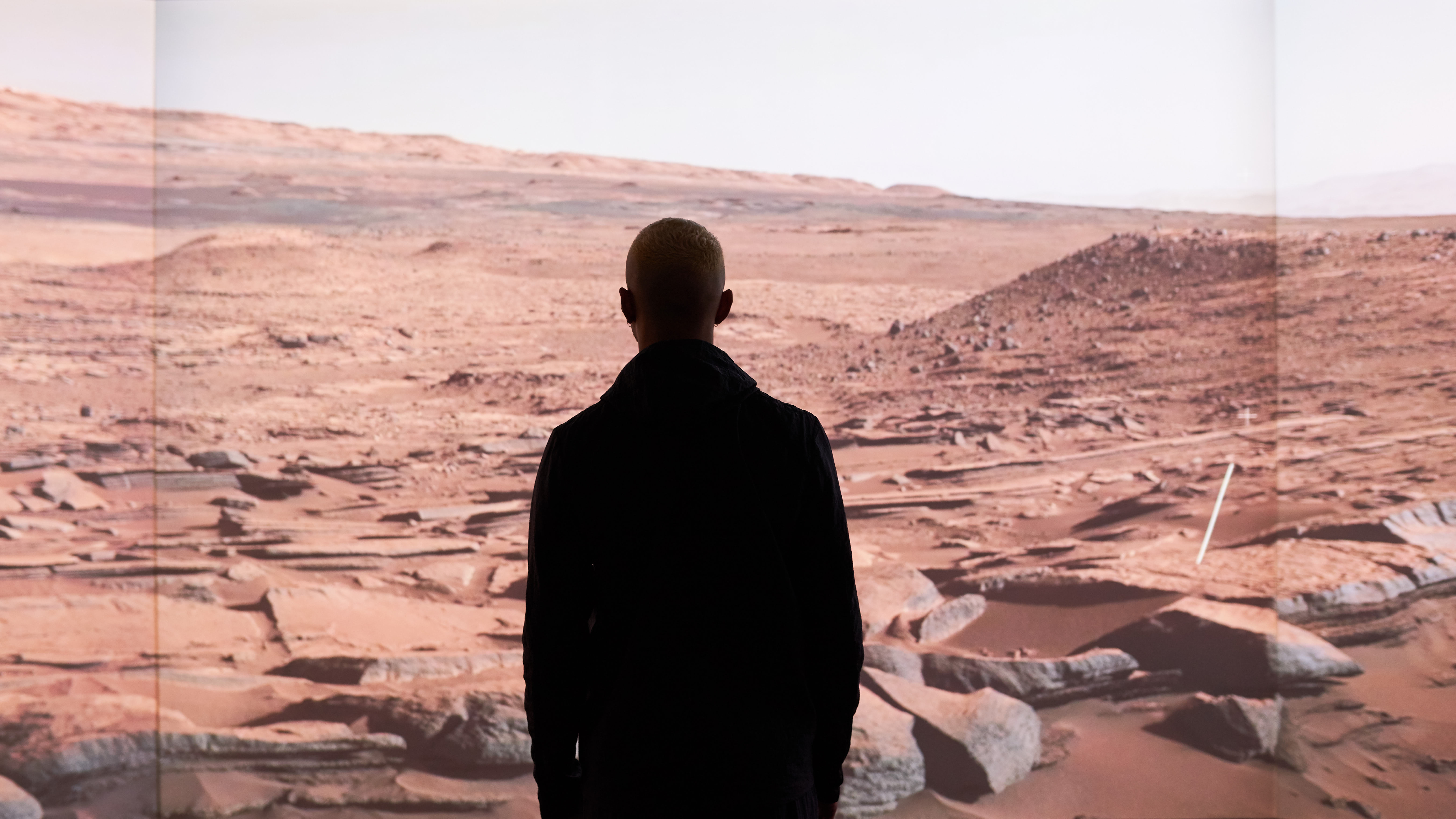
The European Space Agency often get asked why they want to explore Mars. The first answer is, because it’s there, and secondly it has a huge amount to teach us – mainly concerning the evolution of the solar system, rock formations, greenhouse effects. But what does that mean for you and I, and the next generation?
The question of actually inhabiting Mars offers up a whole new set of queries – psychological, philosophical and practical ones. How do we stay human on a place not designed for humans? And, how are we going to stay safe and sane on a nine month journey to Mars? At what point do we become Martians? – these are some of the complex questions the exhibition asks through prototypes, research projects and products by scientists and designers.
The first part of the exhibition sets the scene with the history of our human knowledge of Mars and recorded resources, from Giovanni Schiaparelli’s drawings from the Brera Observatory in Milan to Percival Lowell’s 1896 book Mars. Popular culture references like copies of Authentic magazine to Paul Verhoeven’s film Total Recall set in 2084 capture our fictional fantasy accounts of the planet too, but soon, sci-fi turns to near future reality.
Looking at vacuum packed food by NASA and watching videos of astronauts floating in a rocket suddenly feels like watching an in-flight safety video. Designer Konstantin Grcic has designed a table for in-flight dining at zero gravity for the ride. While Anna Talvi, who works between biomedical science, material science and design, presents a bodysuit made out of a smart membrane that helps humans retain muscle in a microgravity.
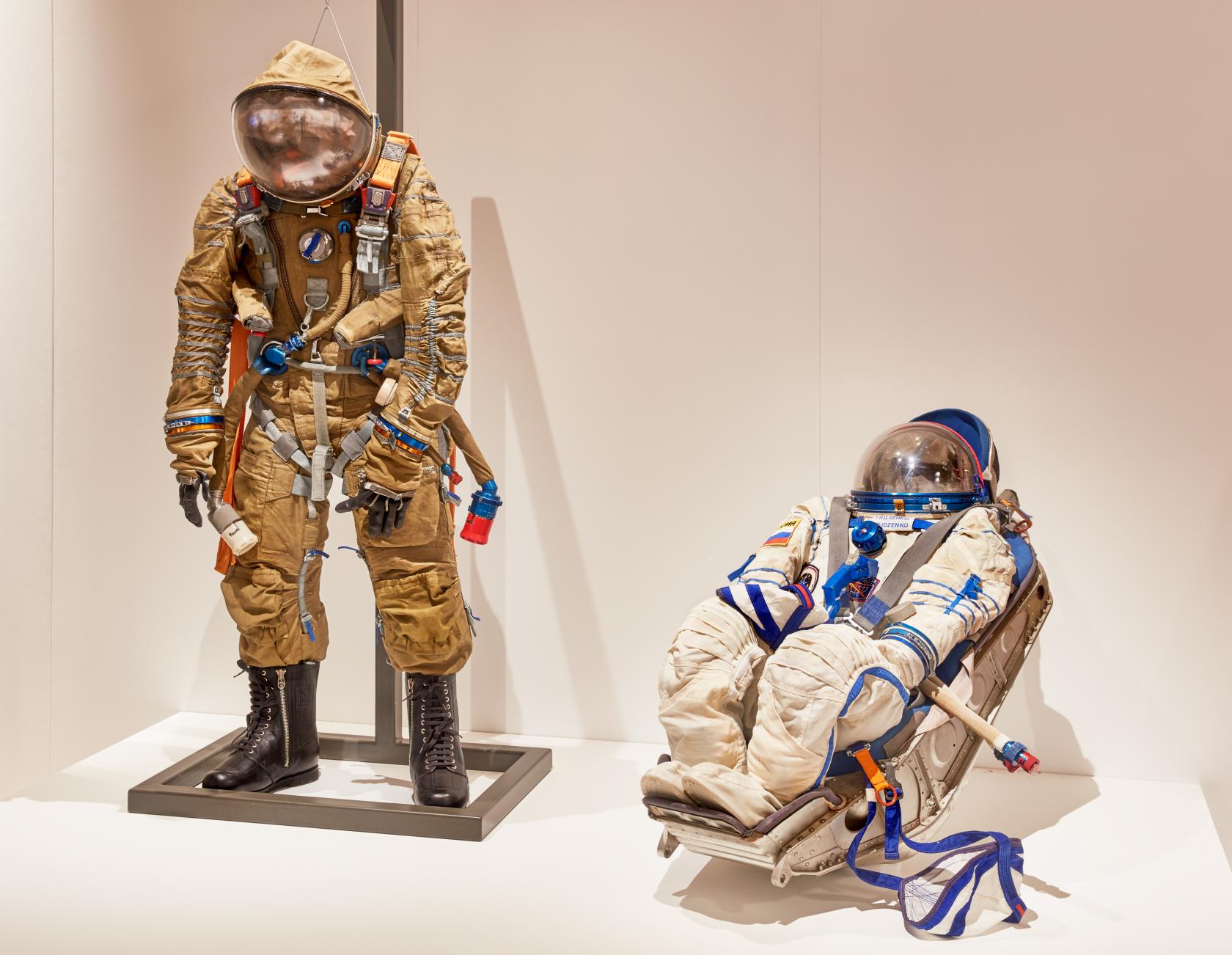
Travelling to Mars: Sokol spacesuits, pictured at the Moving to Mars exhibition.
But it’s not all slow-mo somersaults and chucking around M&Ms. Lucy McRae’s video work Institute of Isolation questions what might happen when you are confined with a few other people in a small space for a long time. A solution to homesickness might be smelling Talvi’s ‘Earth-memory smell-scape gloves’ that capture the scent of freshly cut grass, and other earthly smells.
It’s mid-afternoon on Mars, when you arrive, and there’s a hazy light descending over a landscape of red rocks near Glen Torridon, a mountain range namedafter its Scottish equivalent. It’s beautiful, but it’s not a sci-fi set. Suddenly, the air becomes thicker, instead of rain shower on Mars, where there is no water, a toxic dust storm descends, and it could last for months.
You take shelter inside your new home, built of compacted regolith, Mars’ loose sandy topsoil. The house has to be gas tight – SEArch+ suggest a high-density polythene lining, while Foster + Partners suggest an inflated inner pod. The exhibition offers up an opportunity to step inside a life-size Mars house designed by Hassell and constructed by ‘swarm robotics’ – a group of collaborative robots. It’s fun, but it’s lacking hygge.
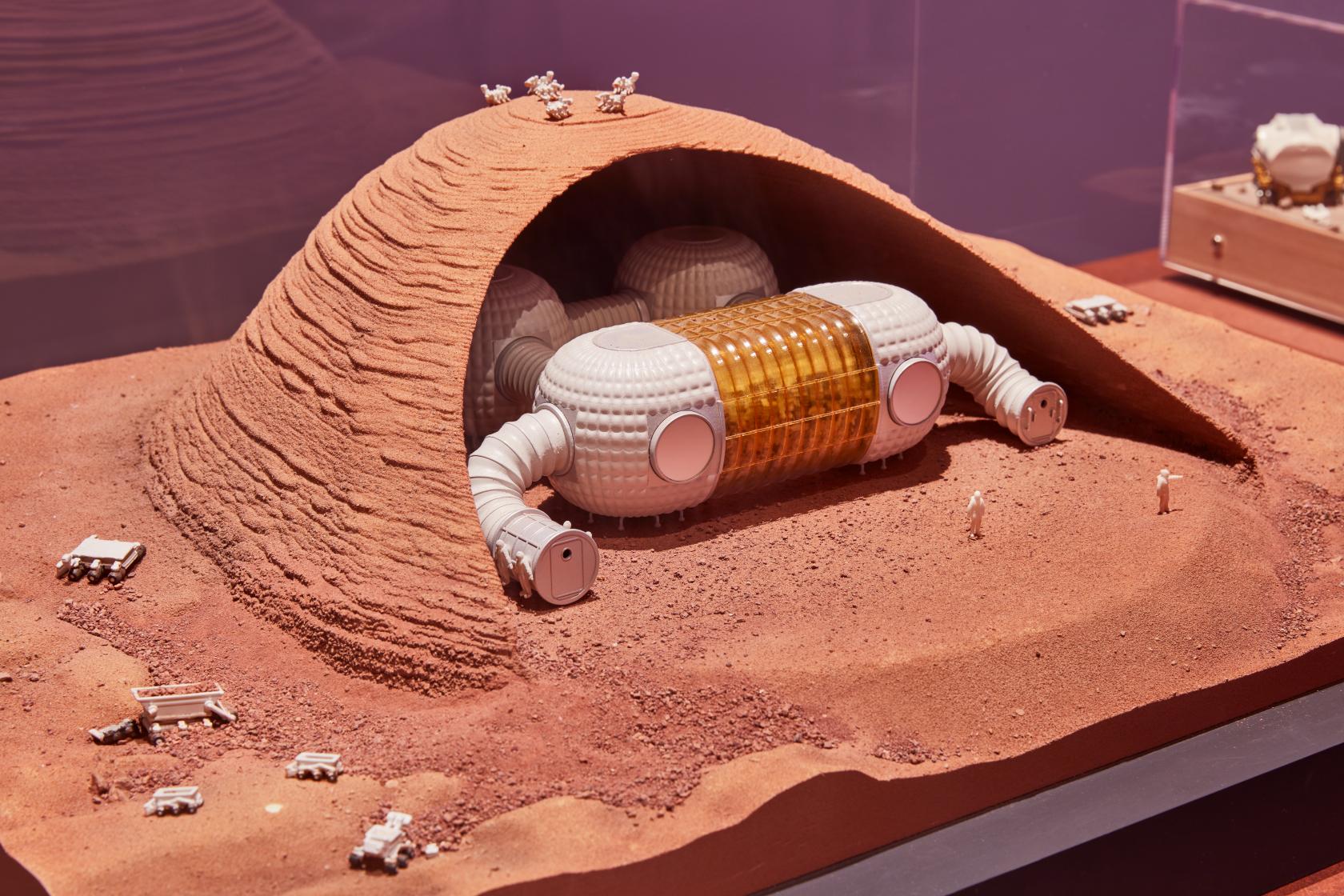
Your new home on Mars: Foster+ Partners’ Mars Habitat, pictured at the Moving to Mars exhibition.
There’s a kitchen, a hydroponic farming kit by GrowStack and you can also grow a Mars boot, designed by Liz Ciokajlo and Maurizio Montalti, out of fungal spores. There’s a sewing machine too – designer Graham Raeburn has designed a collection of clothing based upon reuse of solar blankets and parachutes, so you’ll need that when you get there.
While thinking speculatively about Mars, Raeburn’s design process, he explains, was very much tied to the problems we have here on earth too. To avoid polluting another planet, all of his designs are focused on sustainability, re-use and re-cycling. All evidence points to the looming possibilities of Mars travel, but the strength of the exhibition also lies in its ability to show the relevance of the projects back to earth.
Eleanor Watson, assistant curator, explained how the question of ‘being human’ became an open-ended query for the curators, not yet ready to be solved: ‘Does moving to Mars make you a post-human because you are having to adapt your body so much to another planet?’ she asks. ‘Mars has 40 extra minutes in the day. Do you live a normal day and have an extra 40 minutes at the end? Do you stretch the minute? What does that mean to your relationships on earth, your circadian rhythm?’
All these questions feel fairly unnerving and fururistic, but the reality is that most children seeing this exhibition will be able to visit Mars in their lifetime. For their contribution, SuperUber and futurist Thomas Ermacora created a video, Mars 2100 Expedition, to take you on the emotional journey of an astronaut travelling to space, placing you ‘into the shoes (or helmet) of an astronaut in 2100 going to Mars’. Using a first person narrative and animated visuals, the team hoped to create an approachable and accessible insight into that experience: ‘Such a leap for humanity probably shouldn’t be left to a few competing space entrepreneurs and governments to decide the purpose. It is time to ask the public what they think Mars should be about.’
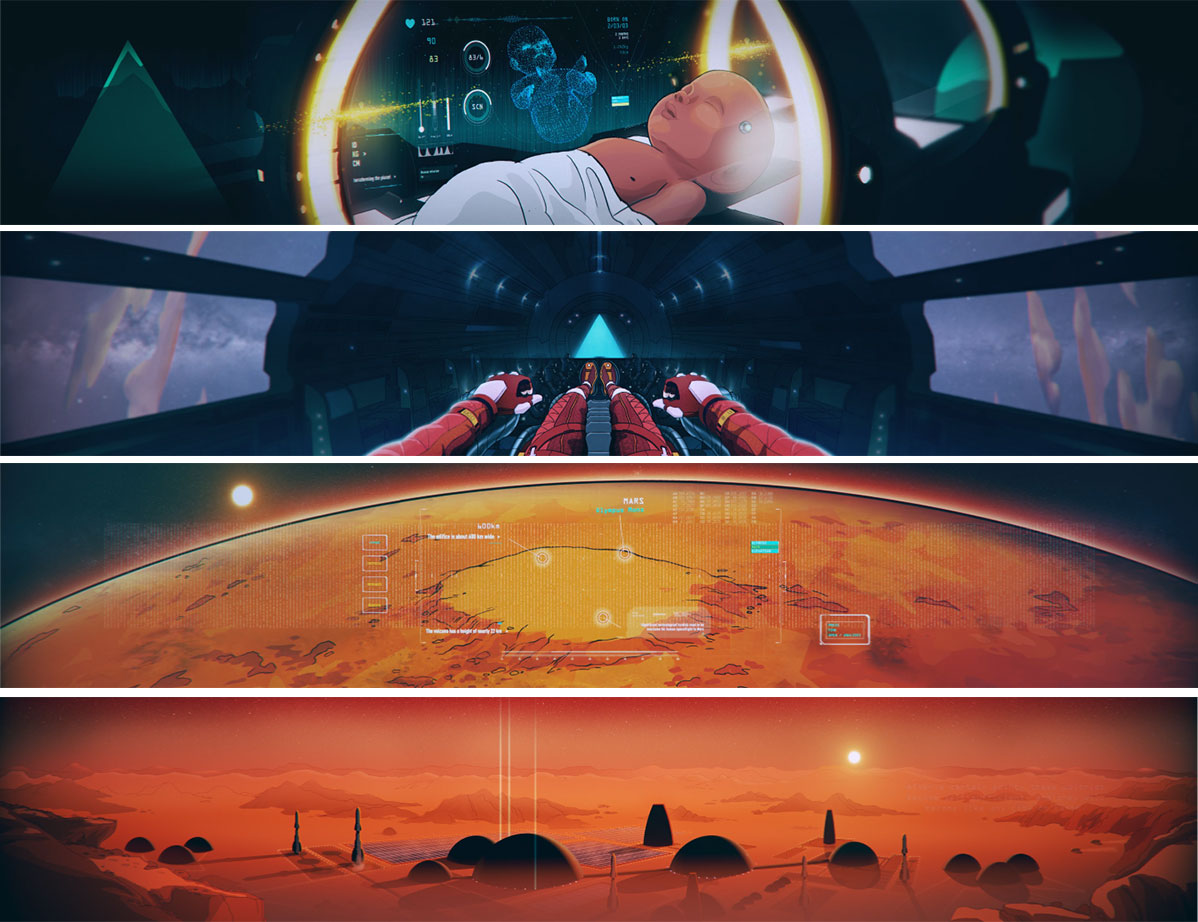
Stills from SuperUber and Thomas Ermacora’s Mars 2100 Expedition video piece. The aesthetic of the work is inspired by futuristic comics such as Moebius, with the aim to create an emotional visual narrative that triggers people’s imagination.
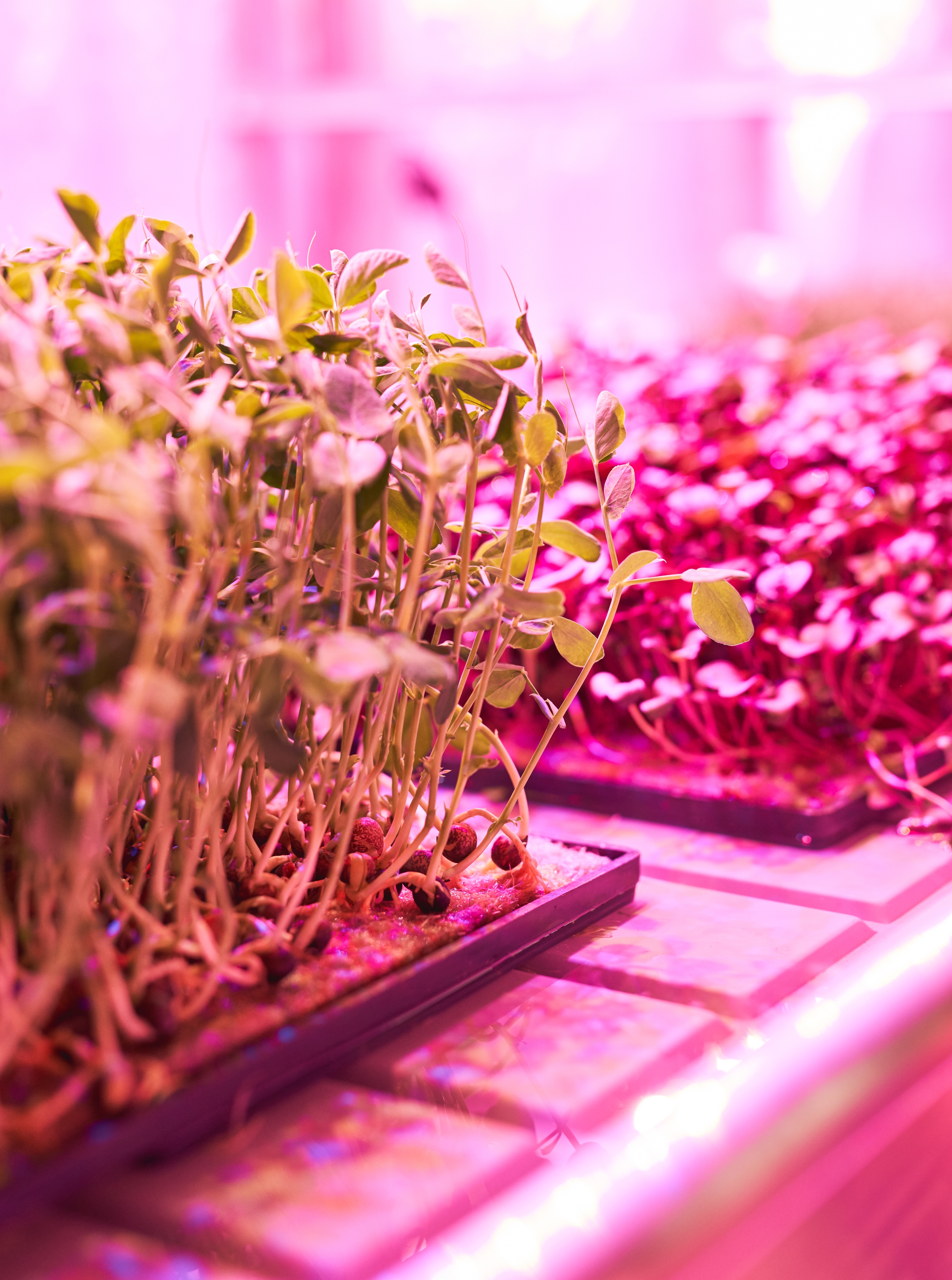
Hydroponic farming unit by GrowStack.
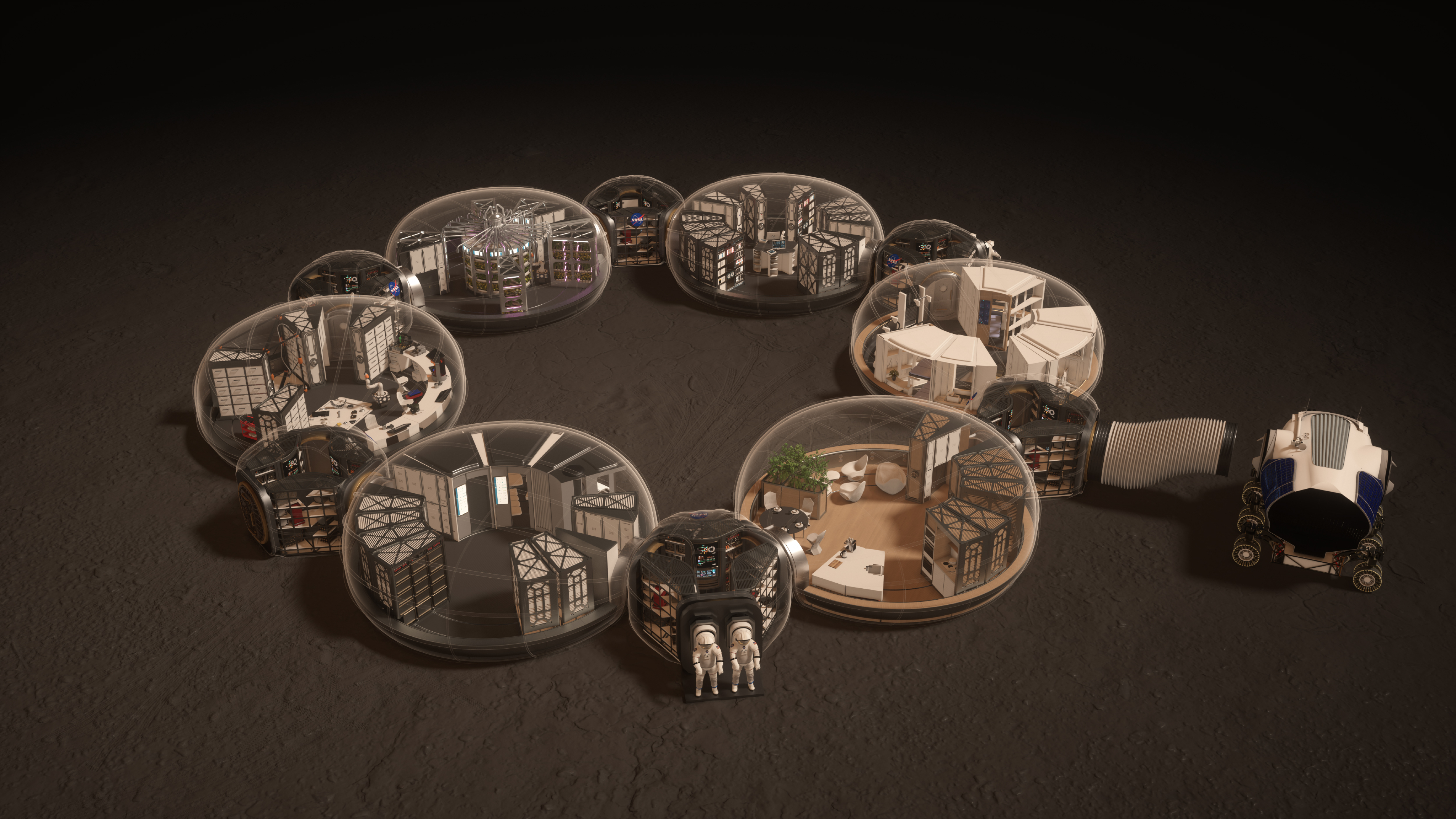
Mars Habitat by Hassell.
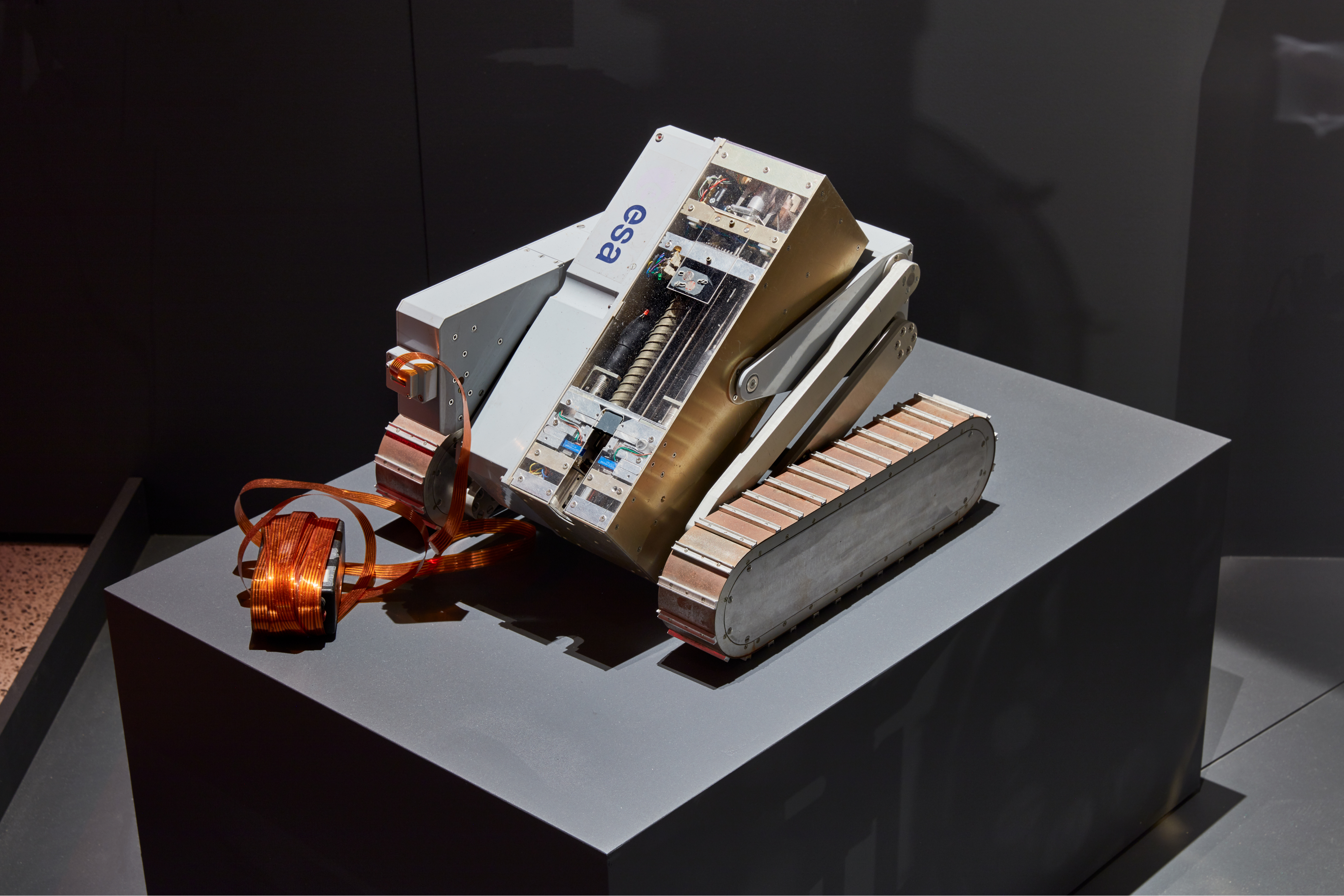
ESA rover prototypes, Moving to Mars exhibition.

3D-printed furniture by Nagami, at the Moving to Mars exhibition. With thanks to Oxygen Model Management
INFORMATION
‘Moving to Mars’ is on view at Design Museum, London, until 23 February 2020
Receive our daily digest of inspiration, escapism and design stories from around the world direct to your inbox.
ADDRESS
Design Museum
224-238 Kensington High street
London
W8 6AG
Harriet Thorpe is a writer, journalist and editor covering architecture, design and culture, with particular interest in sustainability, 20th-century architecture and community. After studying History of Art at the School of Oriental and African Studies (SOAS) and Journalism at City University in London, she developed her interest in architecture working at Wallpaper* magazine and today contributes to Wallpaper*, The World of Interiors and Icon magazine, amongst other titles. She is author of The Sustainable City (2022, Hoxton Mini Press), a book about sustainable architecture in London, and the Modern Cambridge Map (2023, Blue Crow Media), a map of 20th-century architecture in Cambridge, the city where she grew up.
-
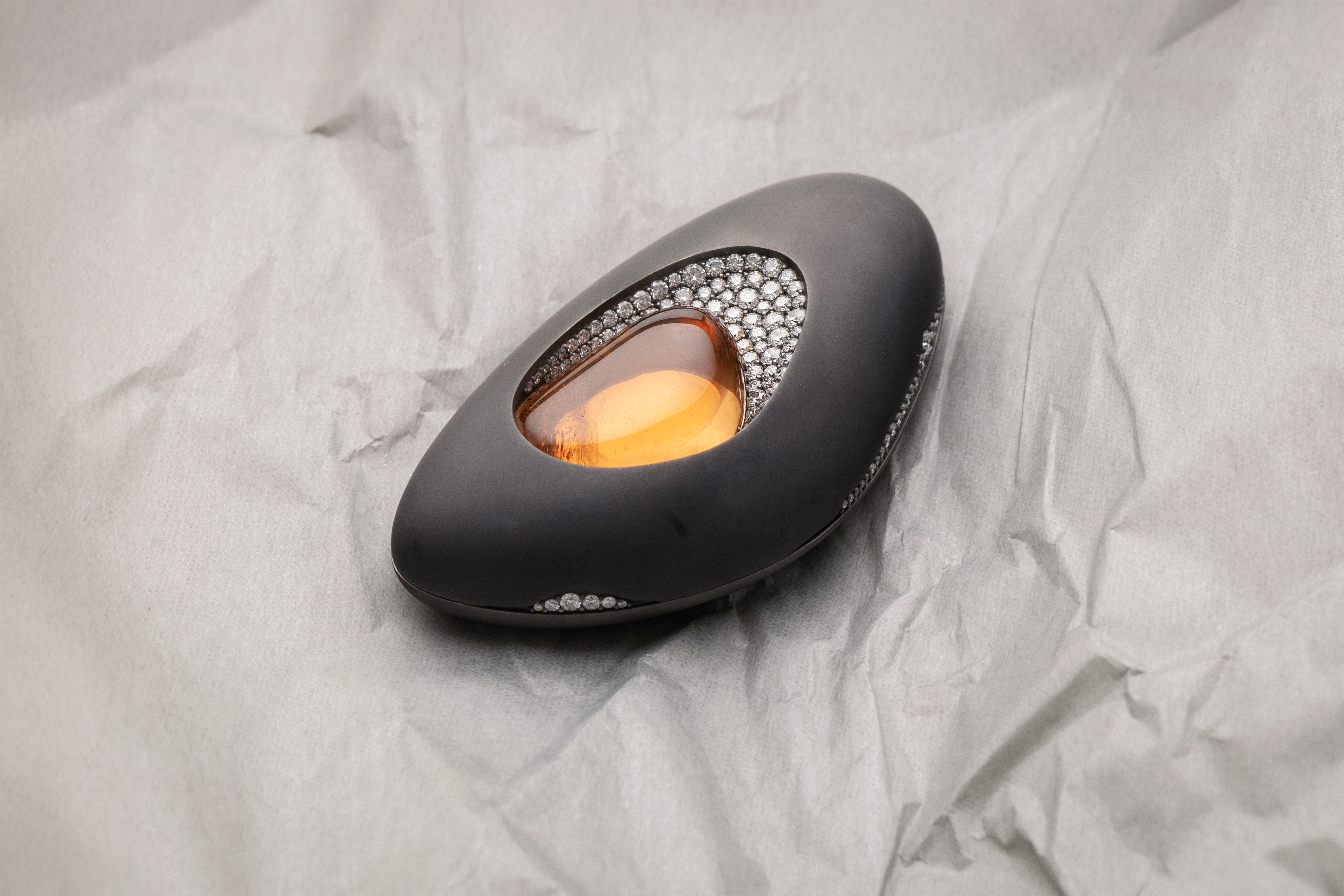 Discover the cool and offbeat designs of jeweller Inesa Kovalova
Discover the cool and offbeat designs of jeweller Inesa KovalovaInesa Kovalova's jewellery celebrates a mix of mediums and materials
-
 A group of friends built this California coastal home, rooted in nature and modern design
A group of friends built this California coastal home, rooted in nature and modern designNestled in the Sea Ranch community, a new coastal home, The House of Four Ecologies, is designed to be shared between friends, with each room offering expansive, intricate vistas
-
 Men’s Fashion Week A/W 2026 is almost here. Here’s what to expect
Men’s Fashion Week A/W 2026 is almost here. Here’s what to expectFrom this season’s roster of Pitti Uomo guest designers to Jonathan Anderson’s sophomore men’s collection at Dior – as well as Véronique Nichanian’s Hermès swansong – everything to look out for at Men’s Fashion Week A/W 2026
-
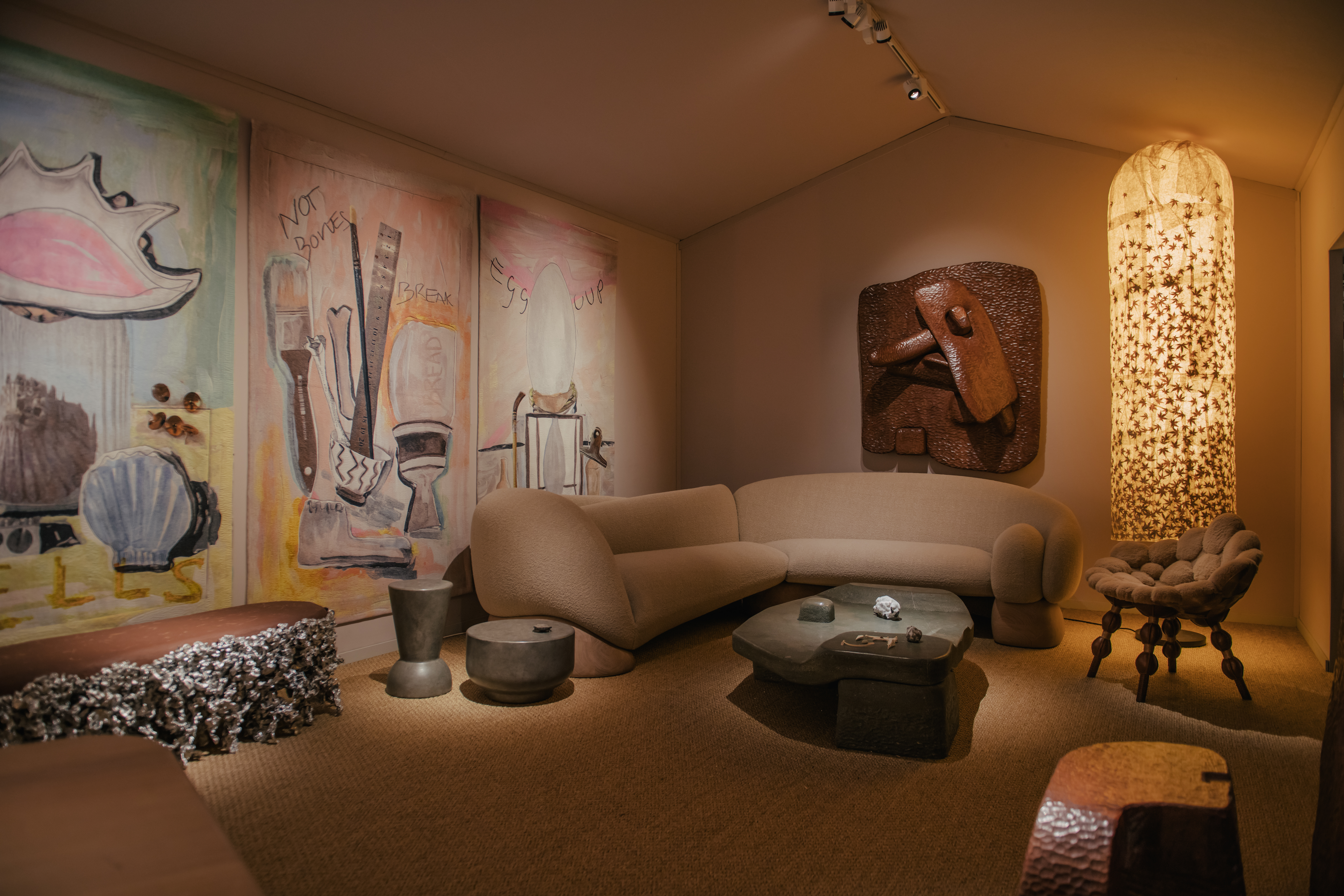 Step inside Faye Toogood's intimate cabinet of curiosities at PAD London
Step inside Faye Toogood's intimate cabinet of curiosities at PAD LondonFor PAD London 2025, (until 19 October) Faye Toogood presents The Magpie’s Nest with Friedman Benda
-
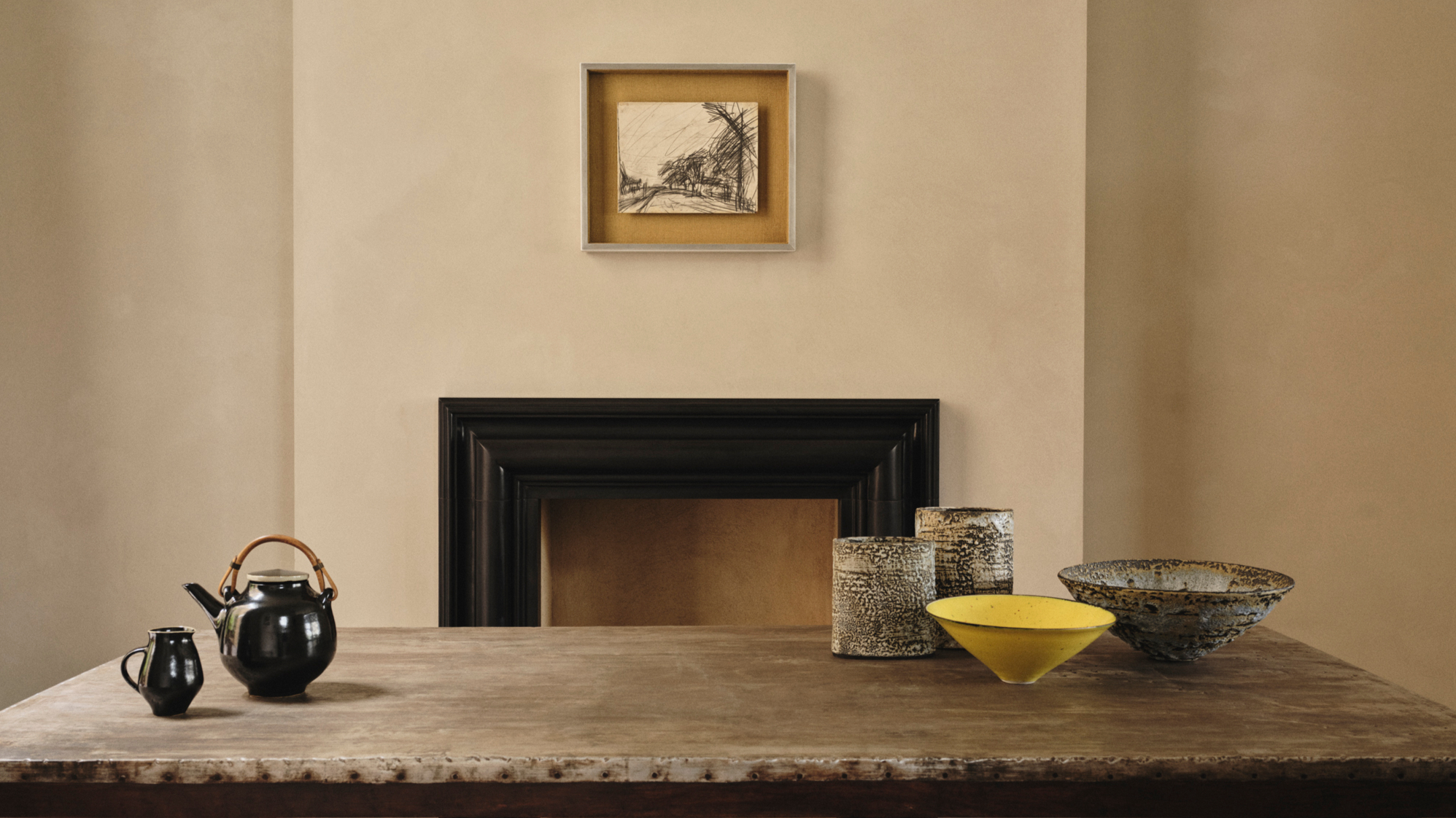 Rajan Bijlani opens his Primrose Hill home for ‘Electric Kiln’
Rajan Bijlani opens his Primrose Hill home for ‘Electric Kiln’In his London home – once the studio of ceramicist Emmanuel Cooper – Rajan Bijlani stages ‘Electric Kiln’, uniting Frank Auerbach, Lucie Rie and Cooper in an intimate reflection on the creative spirit of postwar London
-
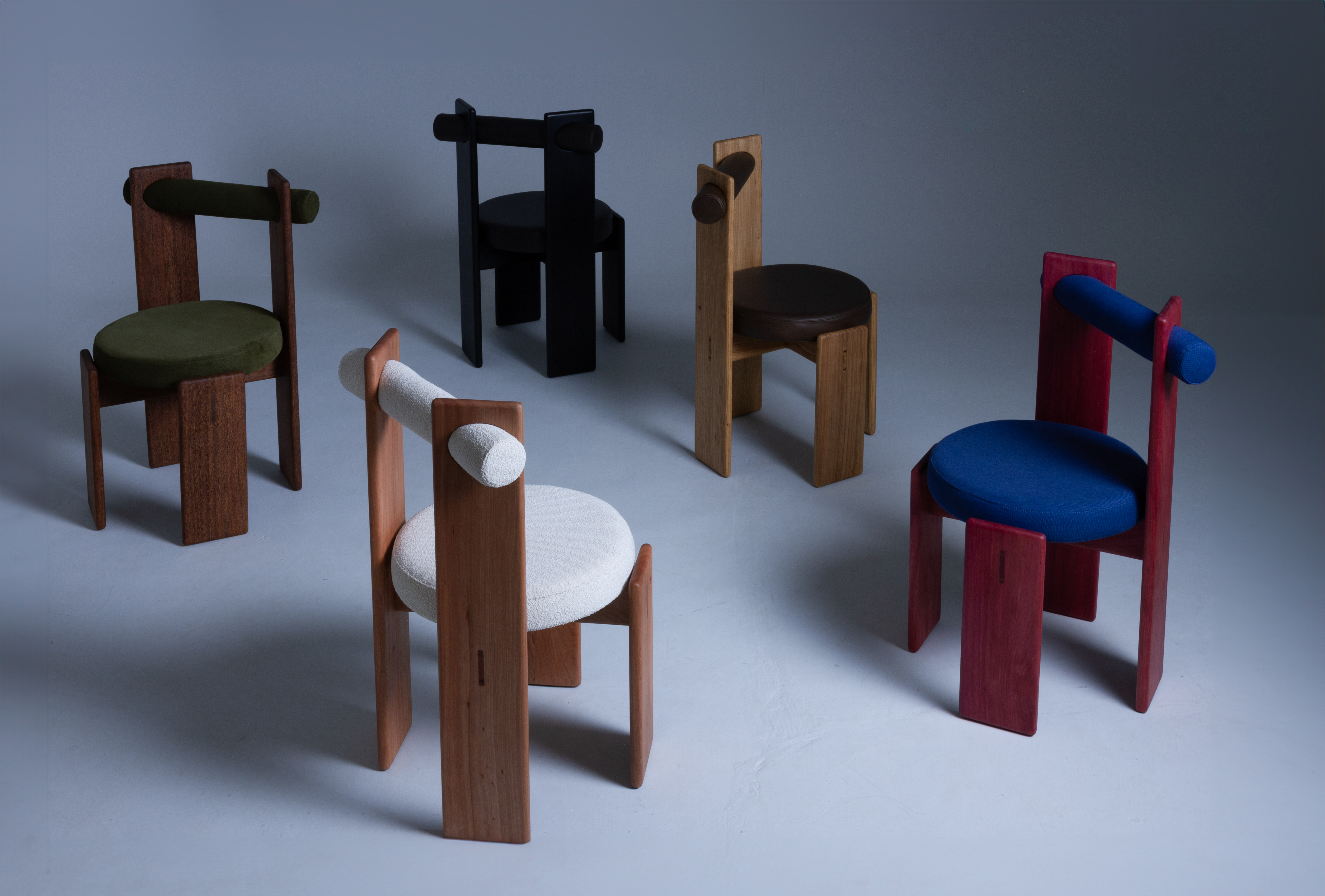 These are the design exhibitions to see in London during Frieze Week
These are the design exhibitions to see in London during Frieze WeekWe round up the best design events happening in London in conjunction with Frieze Week 2025: discover collectible design and craft across the city
-
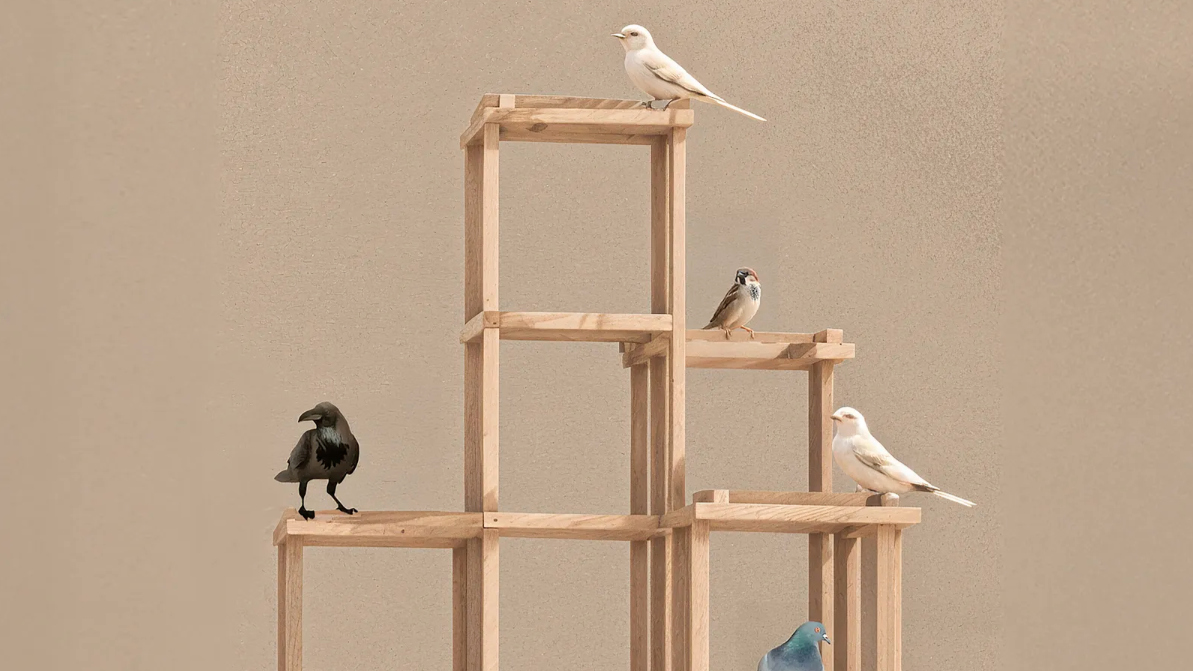 Norman Foster and nine other architects design birdhouses for charity – you can bid
Norman Foster and nine other architects design birdhouses for charity – you can bid‘Architects for the Birds’ is spearheaded by Norman Foster and the Tessa Jowell Foundation to raise funds to improve treatment for brain cancer. Ten architect-designed birdhouses will go up for auction
-
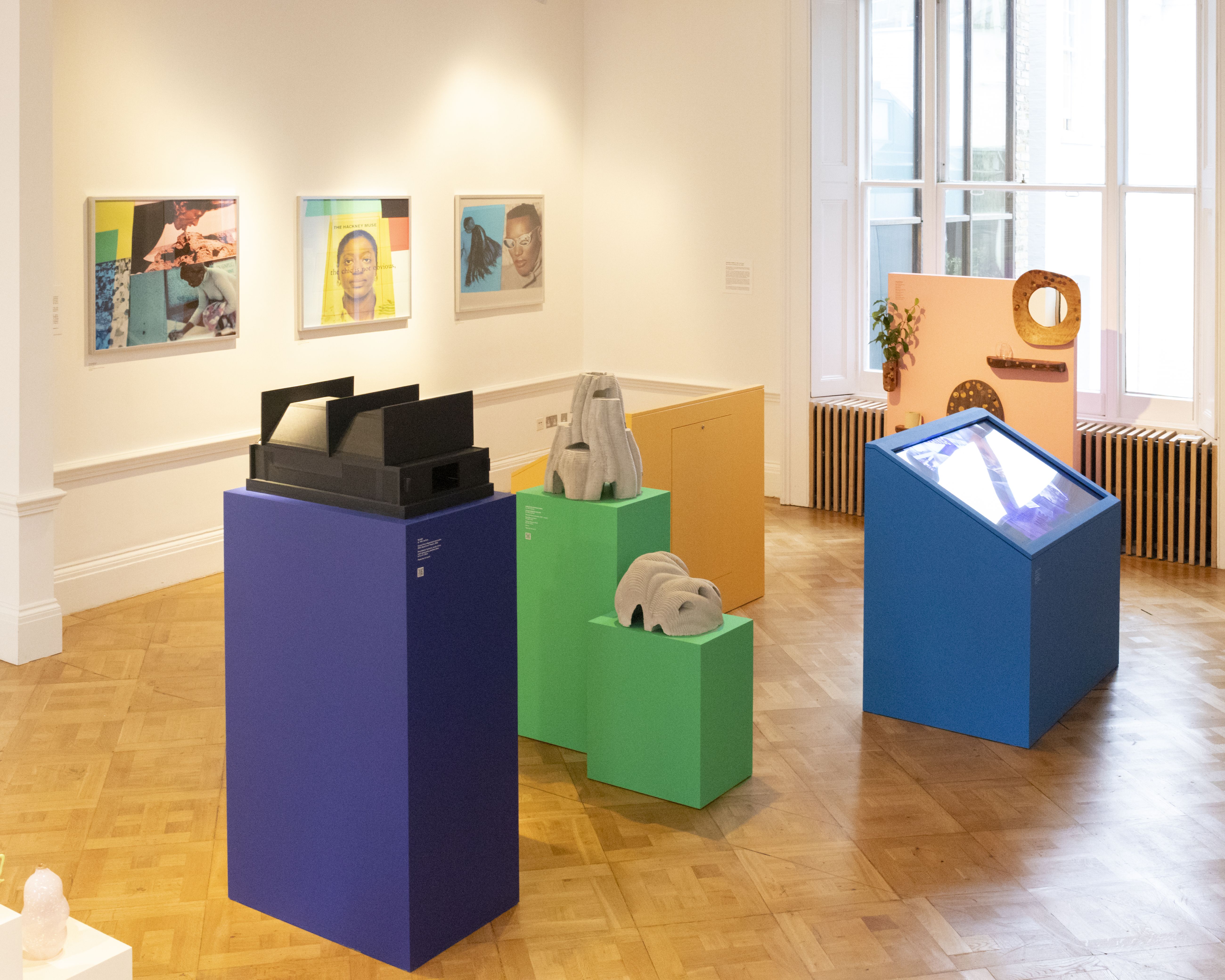 The David Collins Foundation celebrates creativity in all its forms at London Design Festival
The David Collins Foundation celebrates creativity in all its forms at London Design FestivalThe David Collins Foundation presents ‘Convergence’ at the Lavery during London Design Festival 2025 (on view until 19 September), featuring works from the Arts Foundation’s annual Futures Awards
-
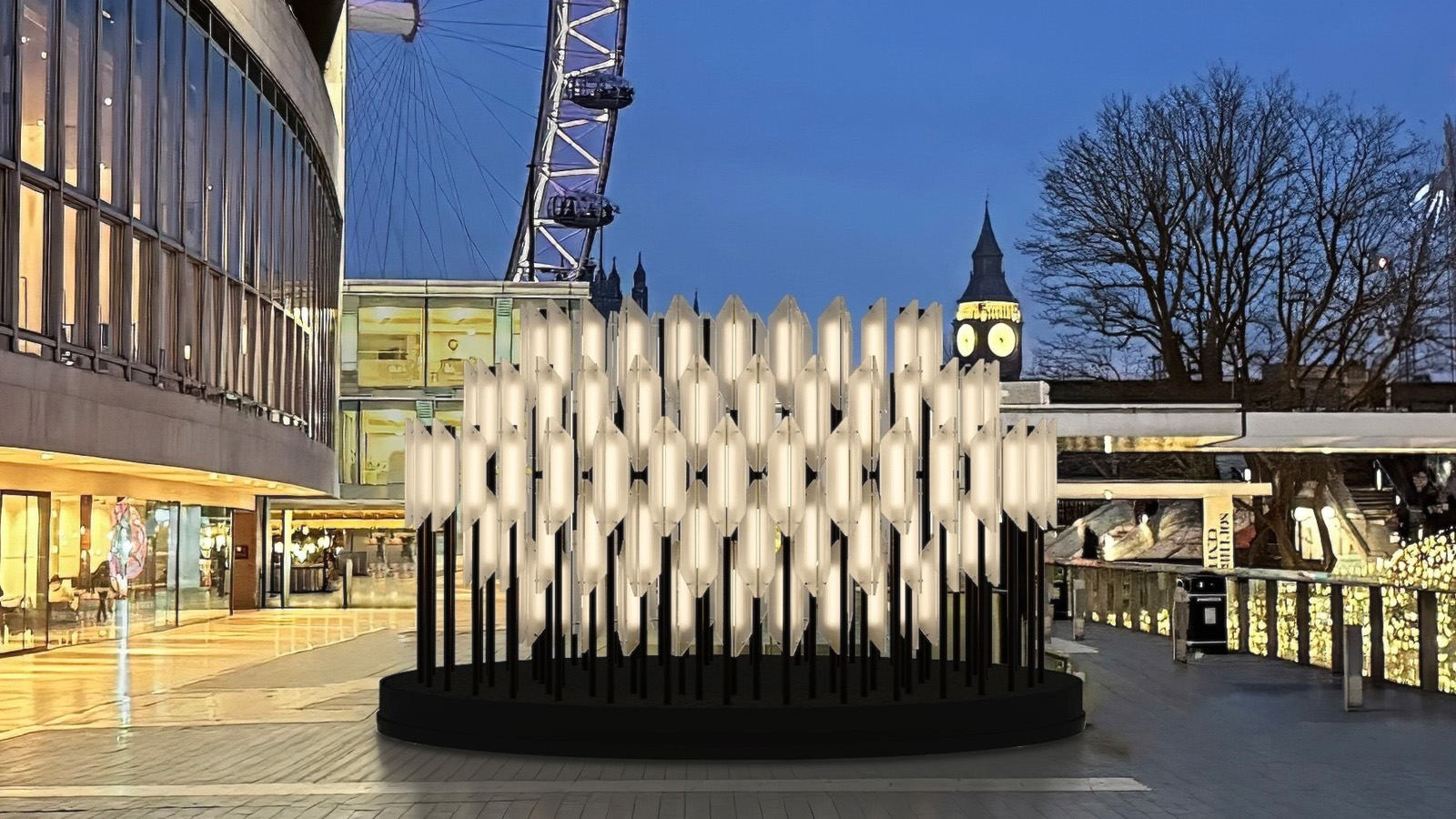 Lee Broom’s brutalist-inspired ‘Beacon’ will light up London as Big Ben strikes the hour
Lee Broom’s brutalist-inspired ‘Beacon’ will light up London as Big Ben strikes the hourSet to pulse through London Design Festival 2025 (13-22 September) and beyond, the British industrial designer’s sculptural light installation on the South Bank draws on its surroundings
-
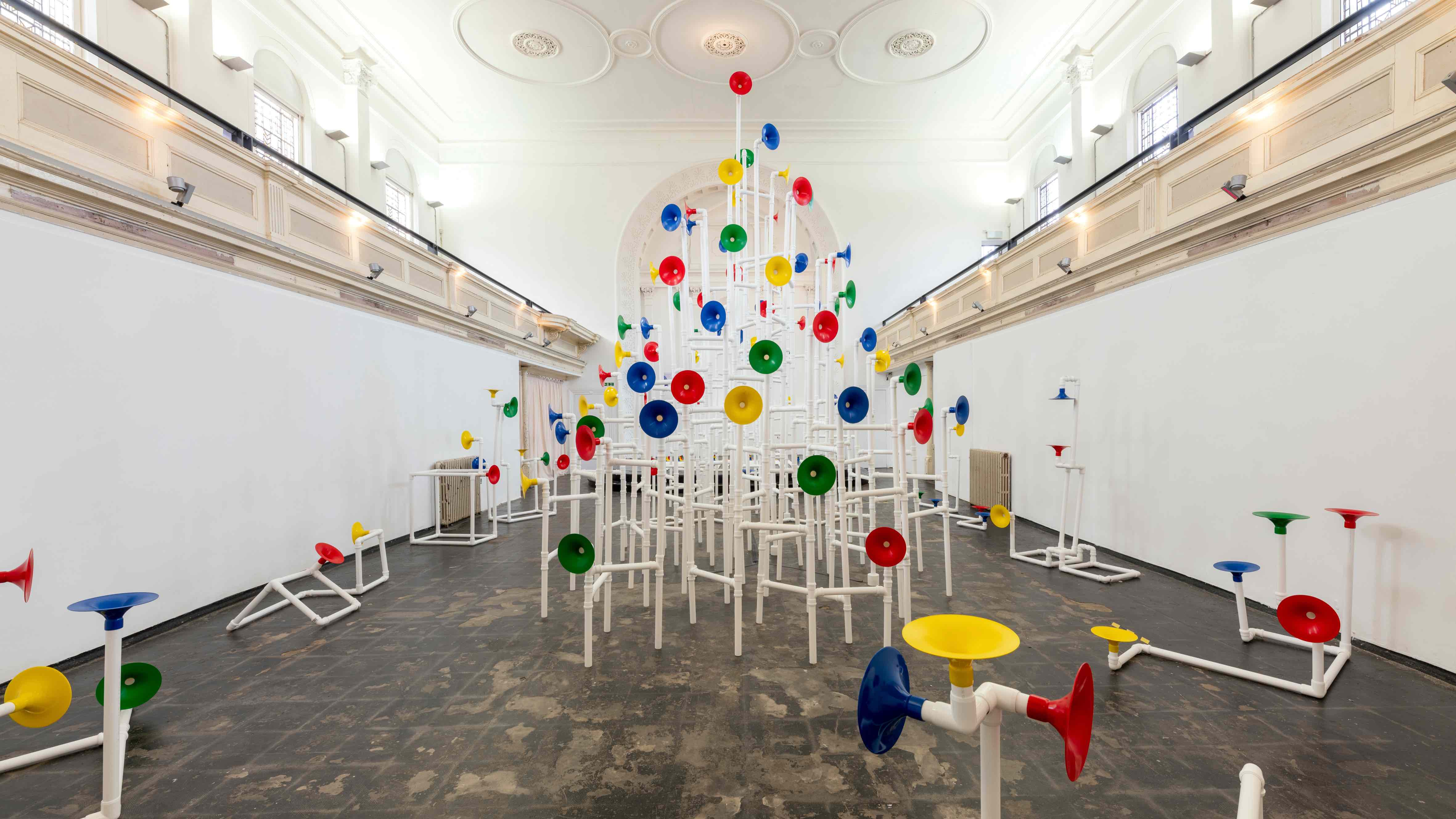 Yuri Suzuki turns sound into architecture at Camden Arts Projects
Yuri Suzuki turns sound into architecture at Camden Arts ProjectsThe sound designer unveils ‘Utooto’, an interactive installation at London’s Camden Arts Projects (until 5 October 2025), in which visitors collaboratively build a sonic piece of architecture
-
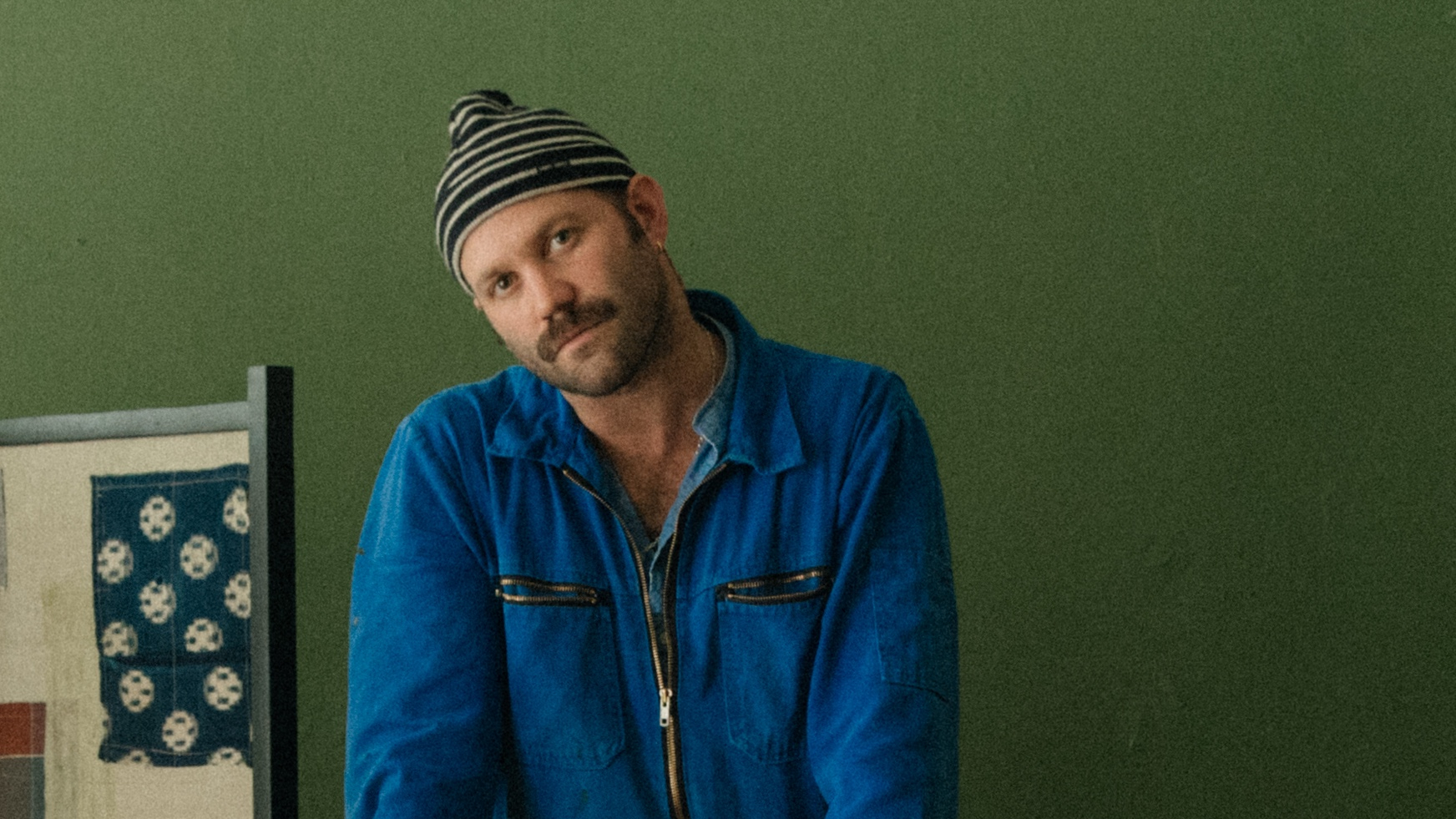 Alex Tieghi-Walker unveils his plans for Brompton Design District 2025
Alex Tieghi-Walker unveils his plans for Brompton Design District 2025Ahead of London Design Festival 2025, we catch up with New York gallerist Alex Tieghi-Walker about his appointment as curator of the Brompton Design District programme